Monaco Yacht Show 2024
The future of yachting
The Yacht Design & Innovation Hub, which is back for the MYS 2024, showcases the latest advances in design and technology that have been making yachts faster and more sustainable with new-look interiors.
by Milena Radoman
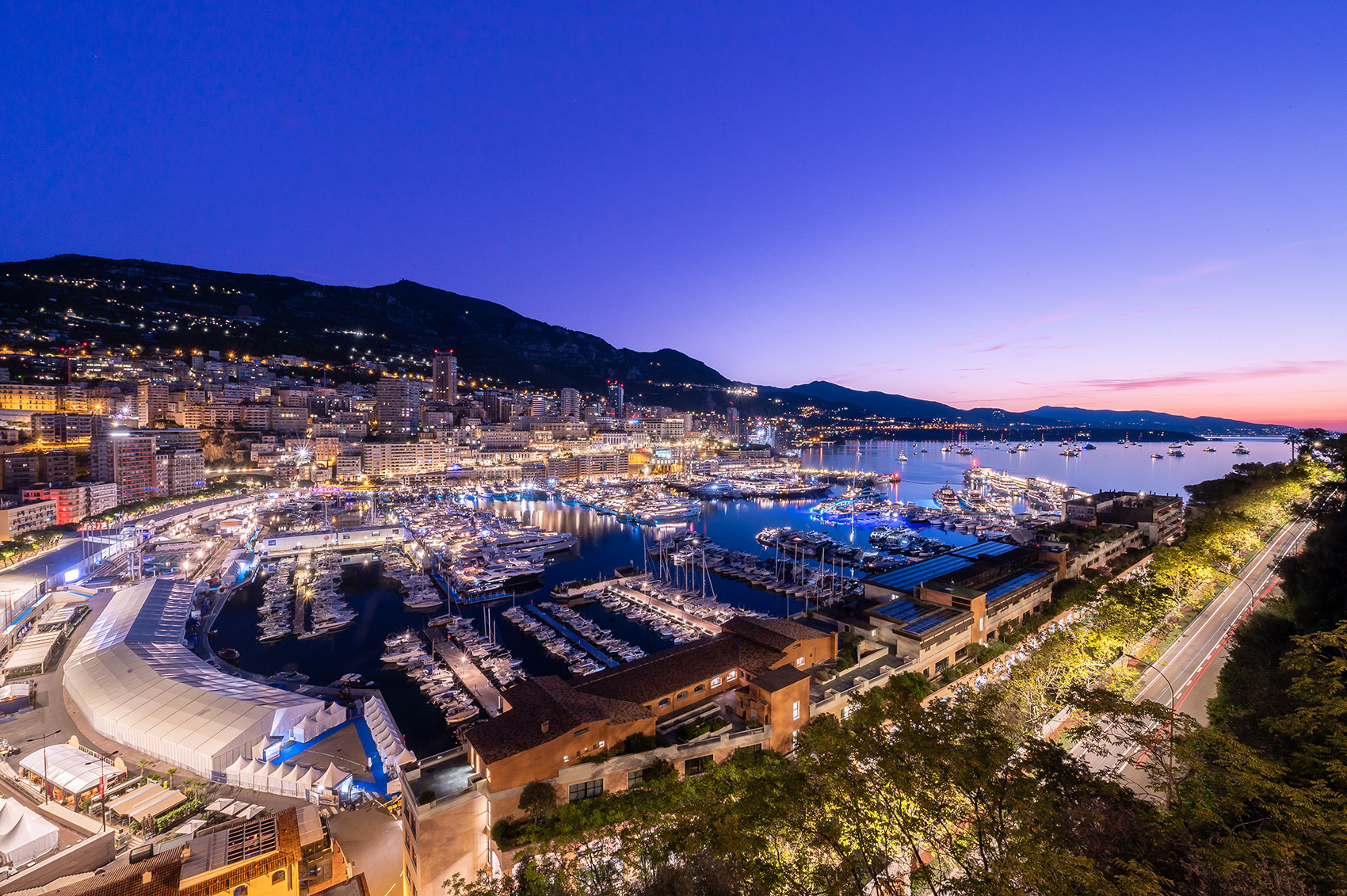
© SimagIN_Agency

© Monaco Yacht Show

© SimagIN_Agency
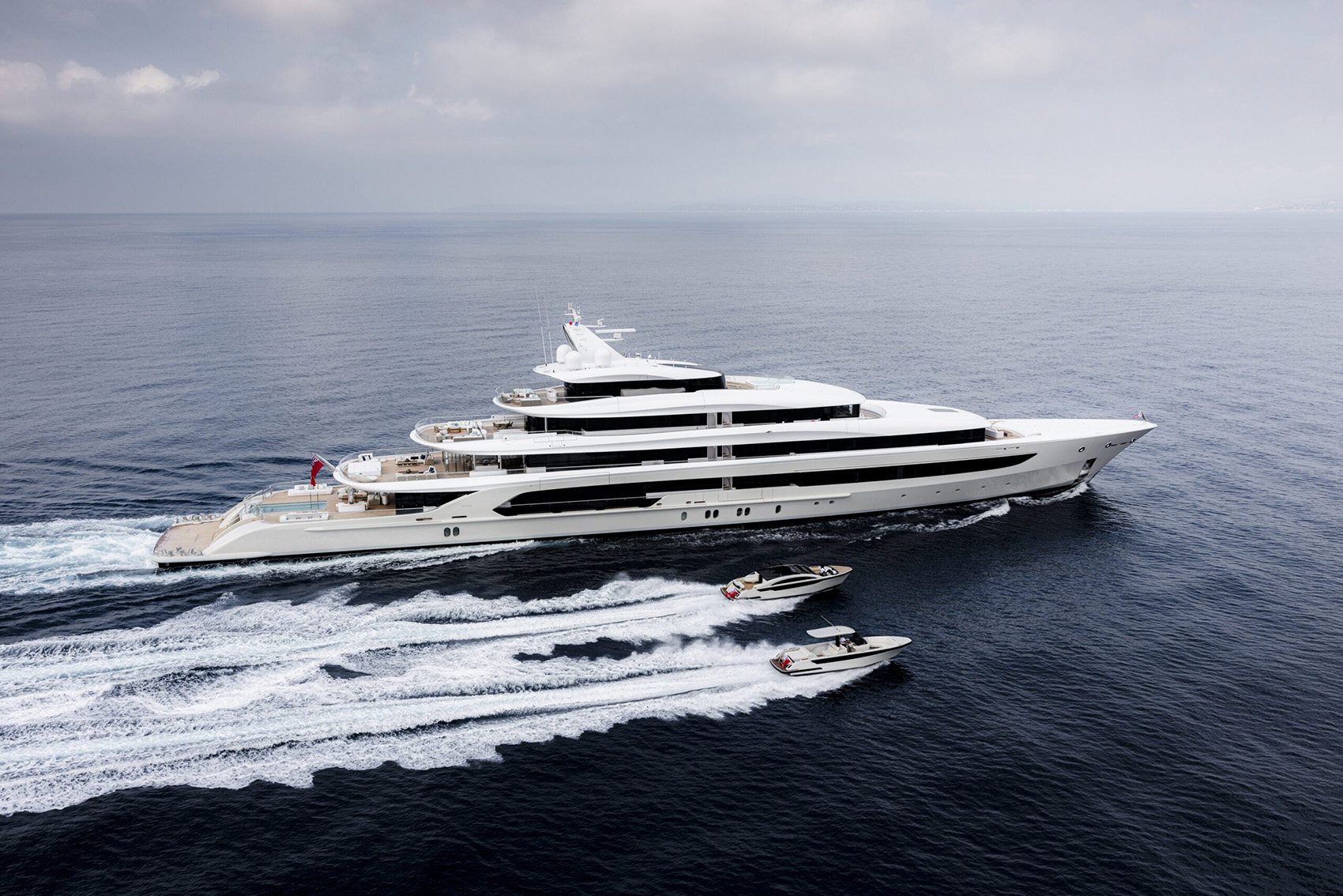
© Monaco Yacht Show
Argo Navis, De Basto Design, Espen Oeino and 13 other internationally renowned designers will present their most creative and innovative yacht projects at the Yacht Design & Innovation Hub of the Monaco Yacht Show from 25 to 28 September. The world of yachting is changing fast, and the Hub shines a spotlight on cutting-edge engineering and energy-efficiency technologies, combining environmental responsibility with luxury and setting new standards in design, performance and navigation. These include advancements in engines and the use of lightweight materials, which have cleared the path for ultra-fast yachts. These new-generation vessels closely rival the performance of sports cars, all the while significantly reducing emissions. Meanwhile, the downsizing of engines has translated into increased interior space, creating an even more luxurious on-board experience, as demonstrated by the Bolide 80 by Victory Design. This impressive 24.9-metre motor yacht is a “hyper-muscle boat” that can reach top speeds of 76 knots, which is a huge step forward in yacht performance.
Yachts of the future could well resemble the yachts of the past
Designers guide their clients through the creation process, looking for designs that they believe will stand the test of time. Paul Costerus believes that the trend is now leaning towards minimalism, with more organic and fluid spaces made using natural materials. Gold swan taps are a thing of the past. A stripped-back style reflects a shift towards more functional and aesthetically sustainable spaces. Since Covid-19, owners are spending longer on board, running their businesses from their yachts. According to Espen Oeino, the yachts of the future could well resemble the yachts of the past. The Monaco-based designer’s team takes inspiration from the classic yachts of the 1920s and 1930s, with their streamlined hulls and larger overhangs. These elements are not only aesthetically beautiful, but also improve energy efficiency and sustainability.
Minimise energy waste
With alternative fuels such as HVO and green methanol being introduced, the challenge now is to manage supply, which can be limited and expensive. Energy-efficiency initiatives need to consider the product’s entire life cycle. Hybrid propulsion systems cut energy consumption by 20%, but optimisation is still a major issue, particularly for managing the hotel load on board. The future of yachting lies in data and the digitalisation of information to monitor and reduce energy consumption, an area where innovators such as Siemens and MTU Rolls Royce are playing a key role in setting new standards for these emerging technologies.
Last year, the Yacht Design & Innovation Hub also drew attention to the “Refit for the Future” initiative launched by the MB92 group under the stewardship of Txema Rubio. This innovative programme includes a complete sustainability study that aims to overhaul superyacht refits by integrating sustainable practices. Oceanco has demonstrated this approach with its rebuild of the H3, a 105-metre yacht. The project began as a simple refit and ended up as a rebuild, making the H3 a yacht of the future, redesigned to the latest standards.






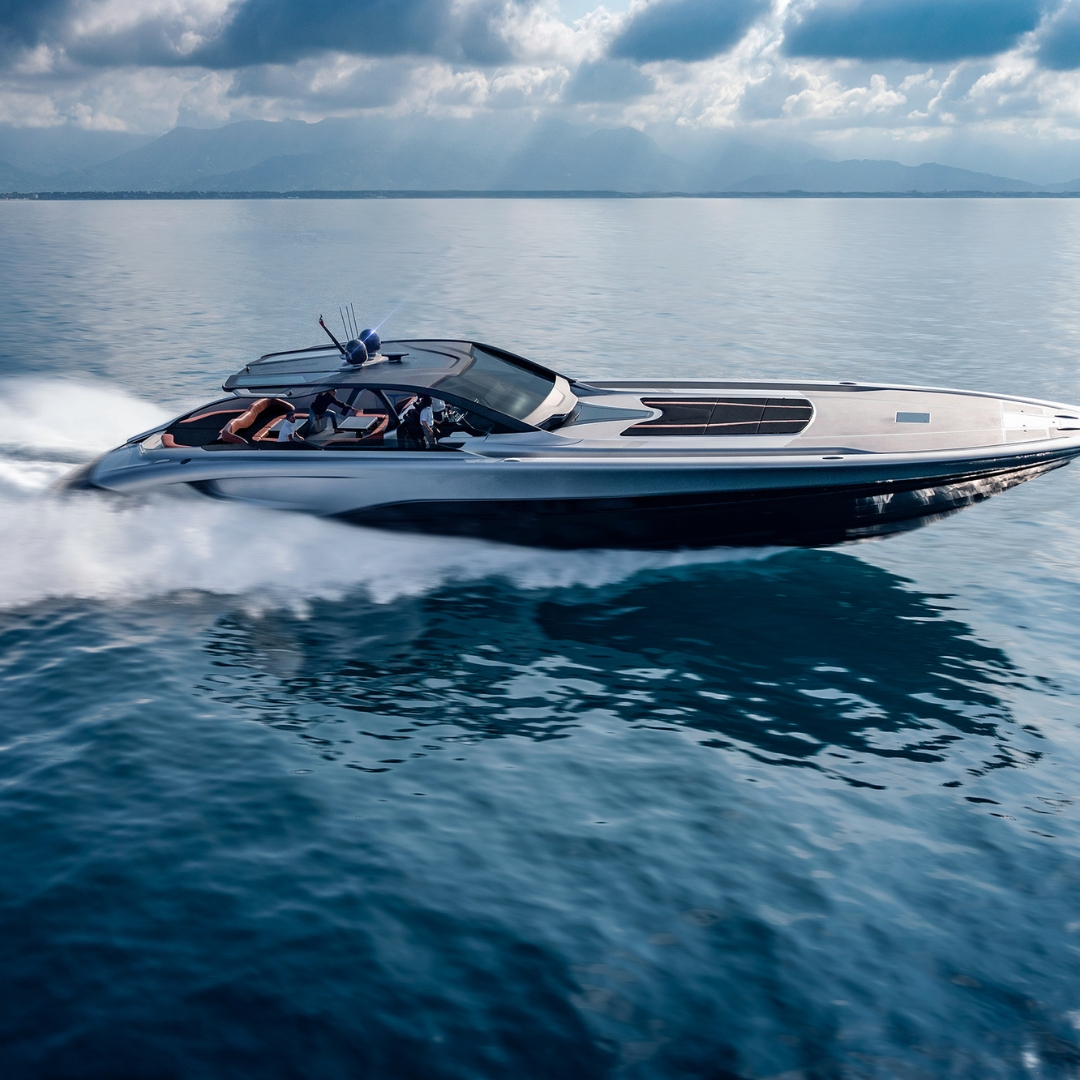
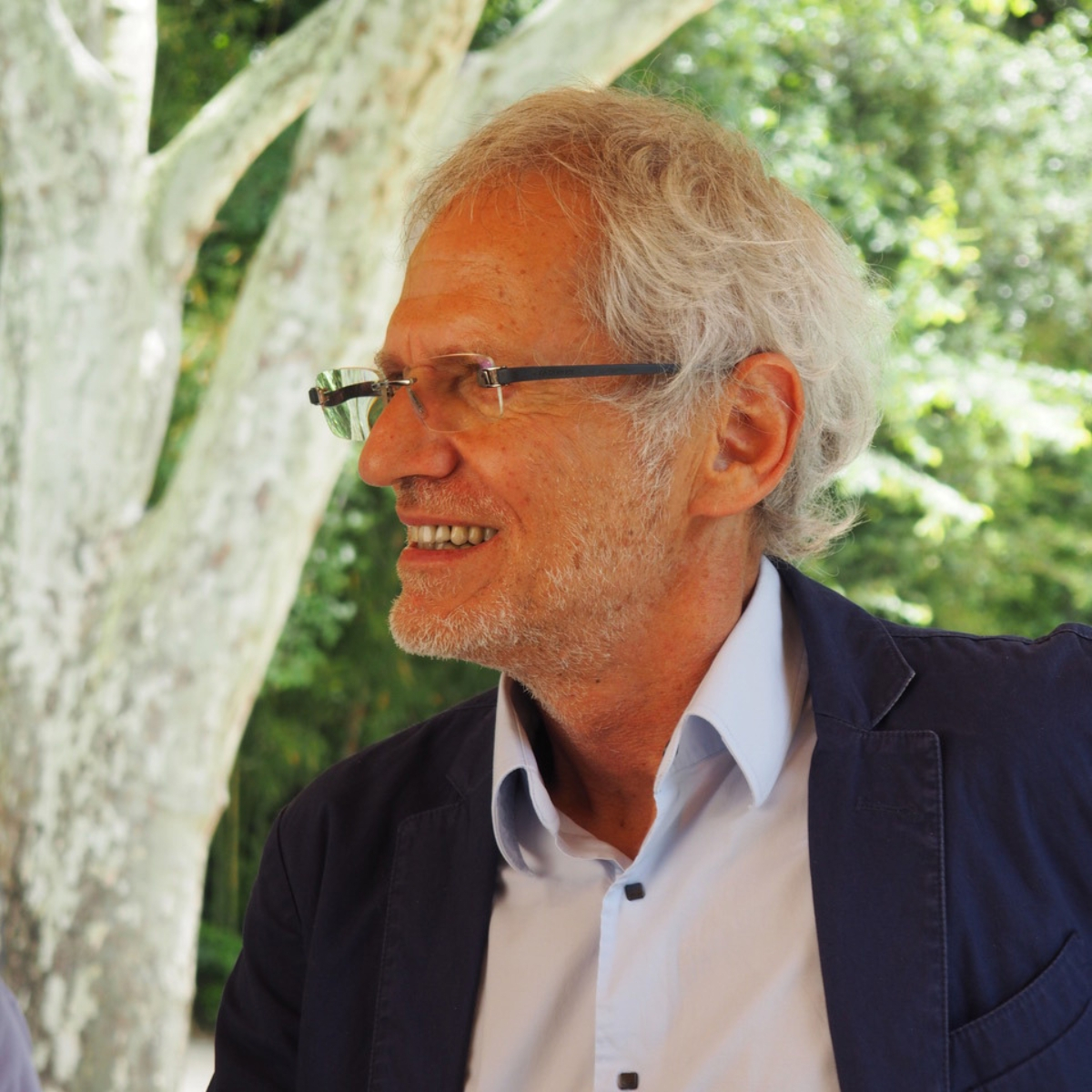
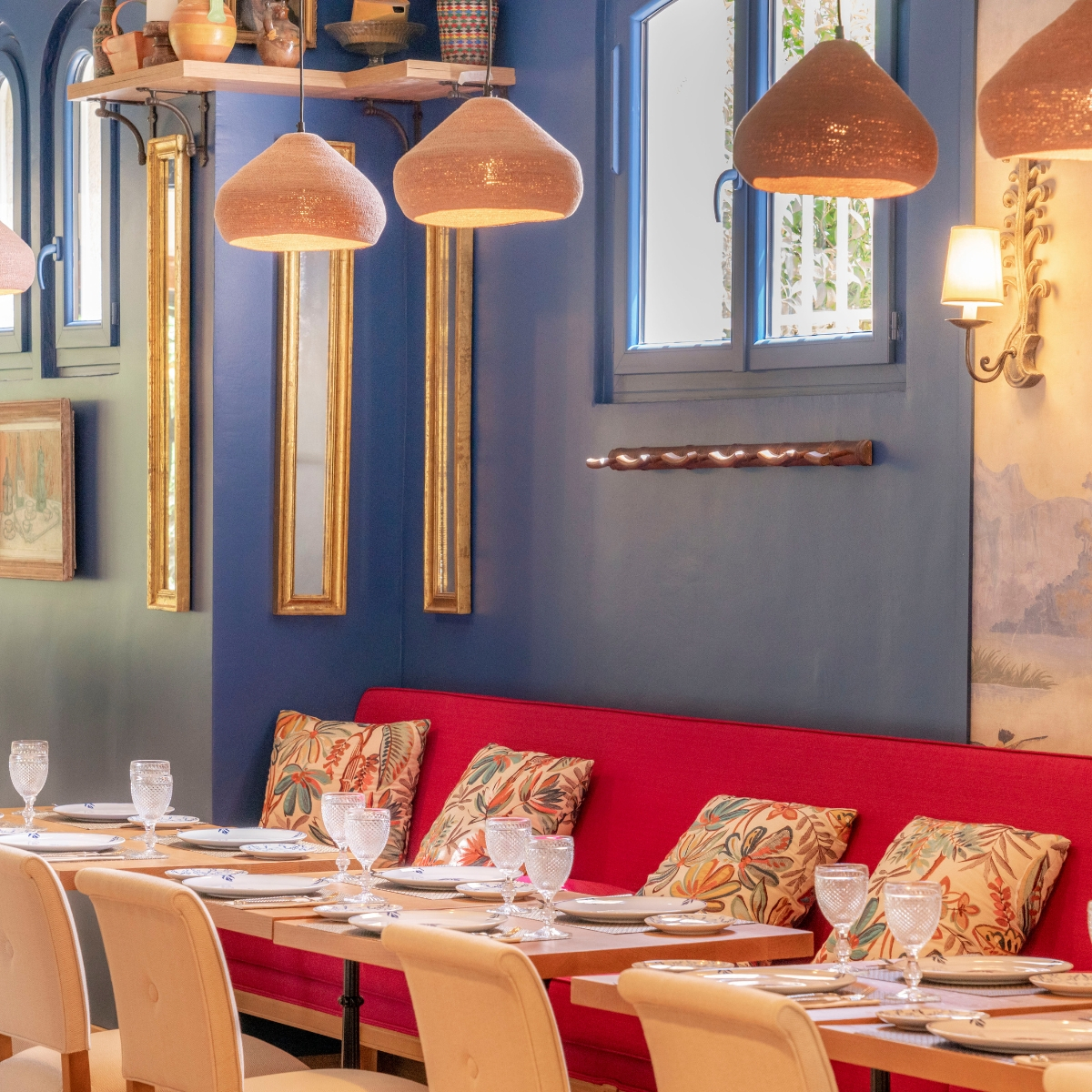
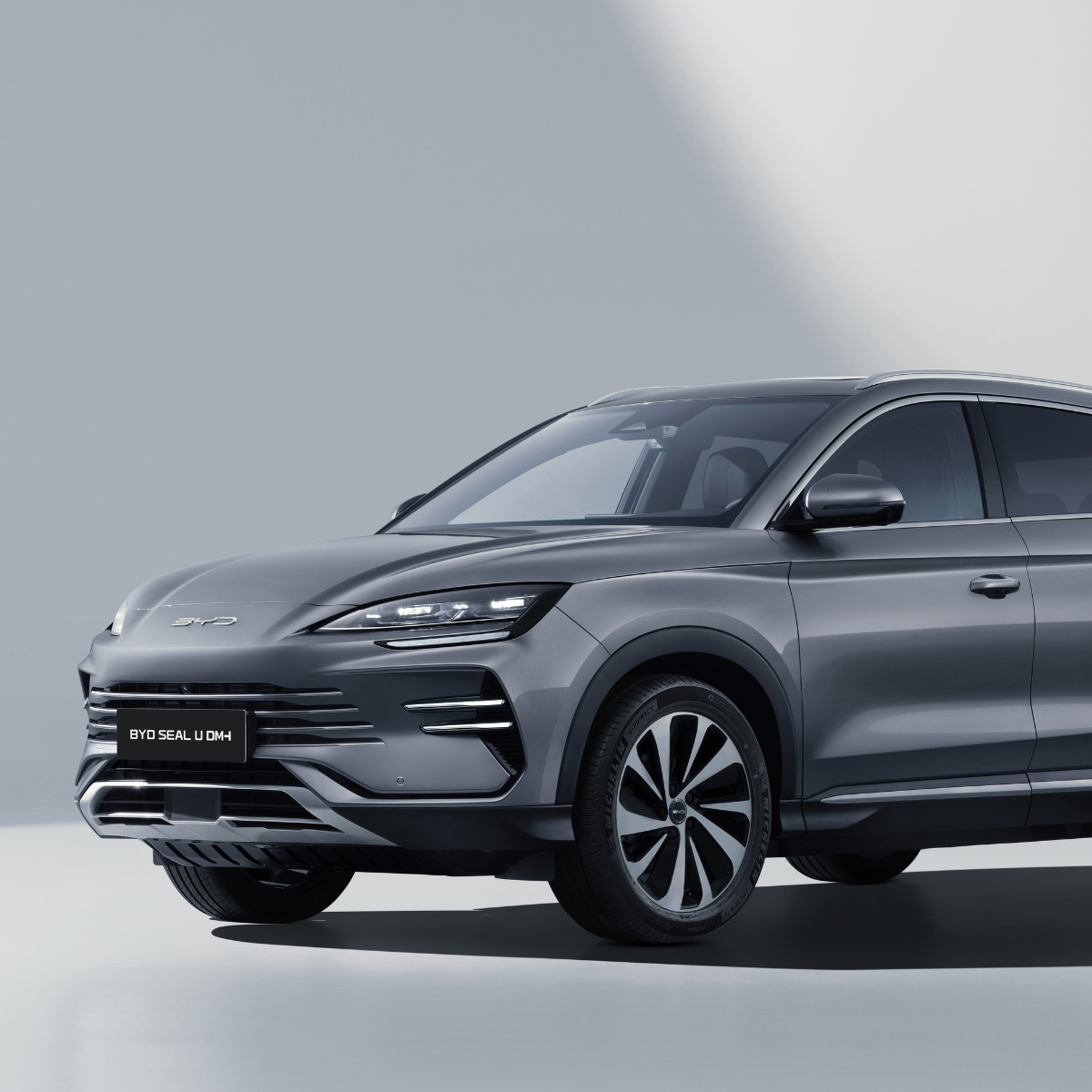


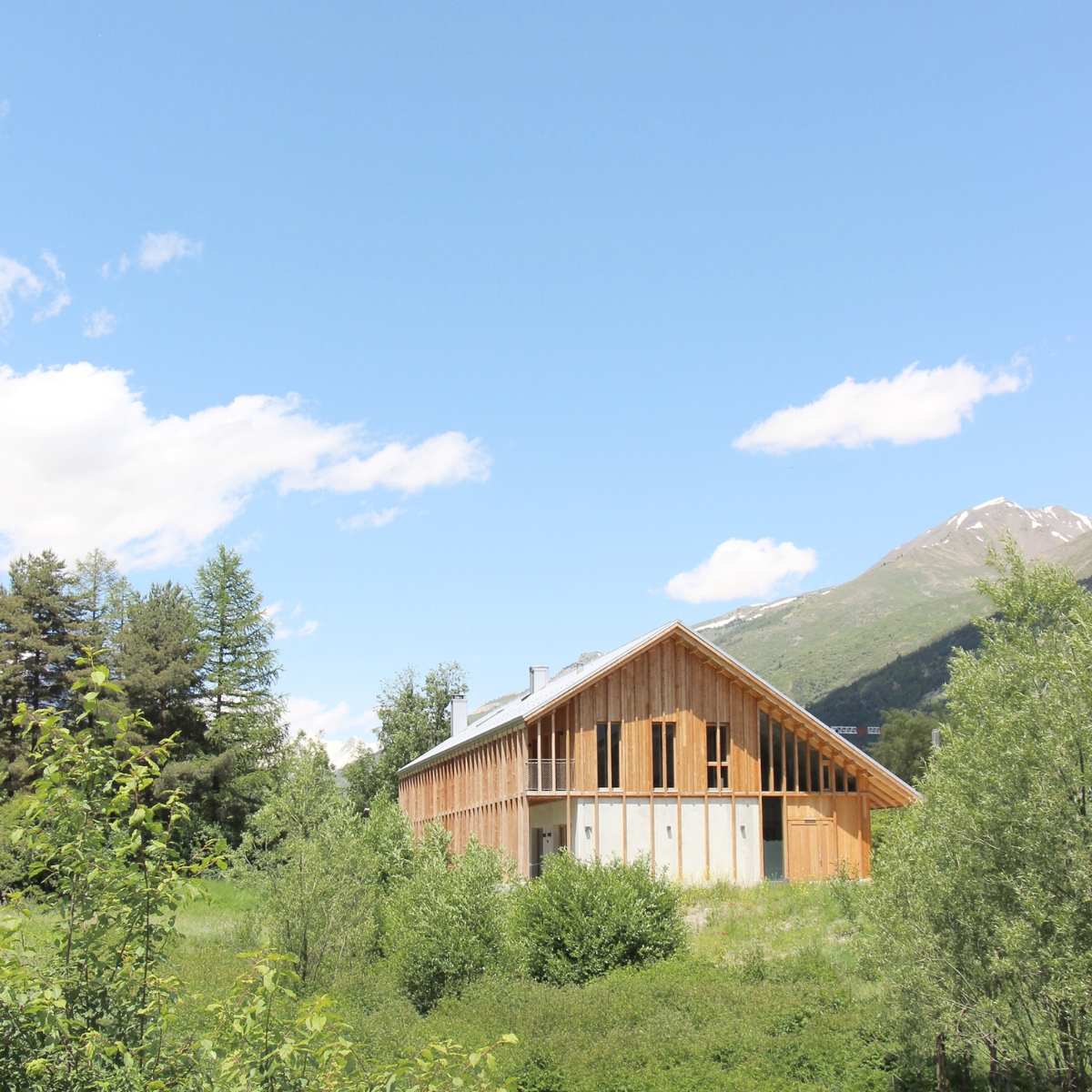
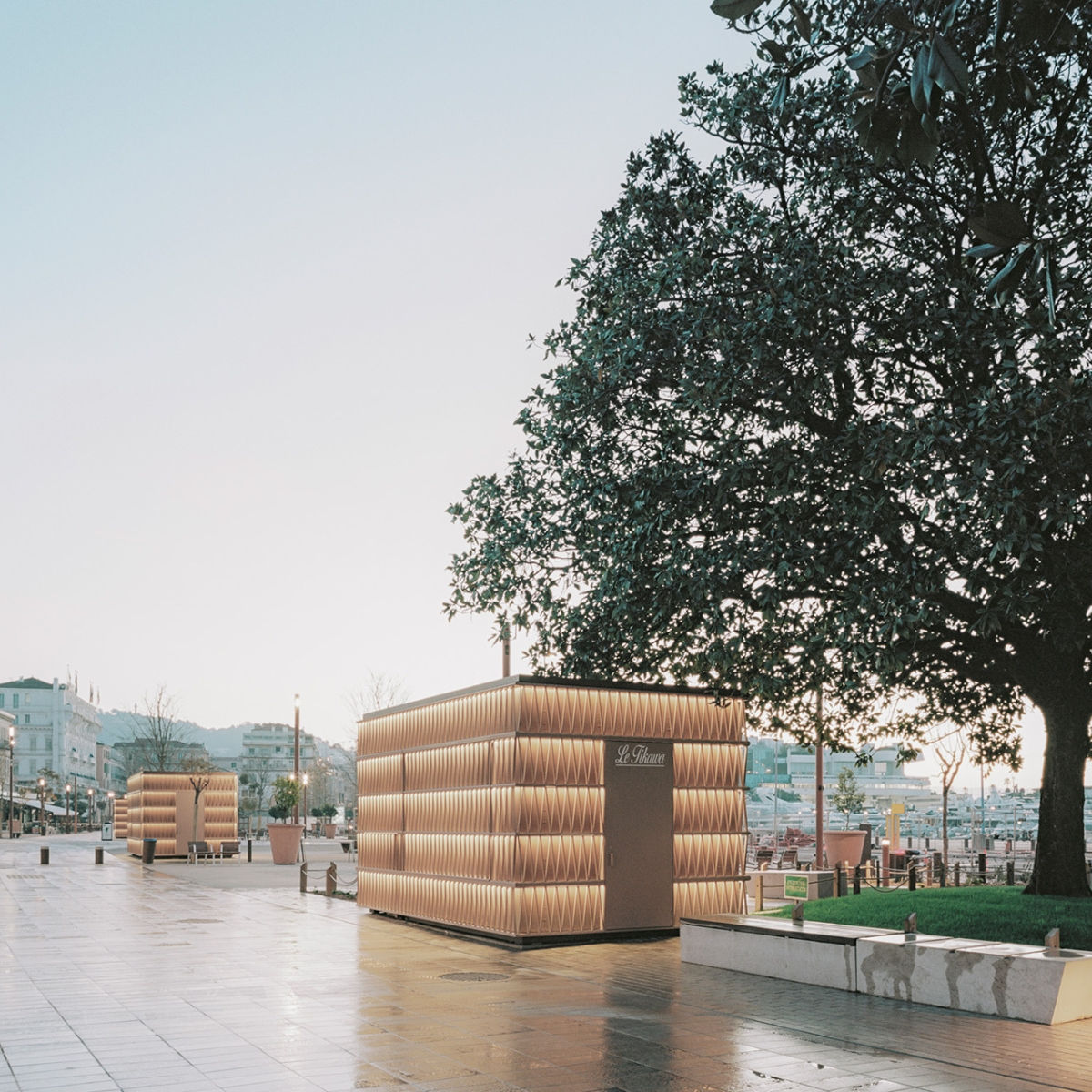
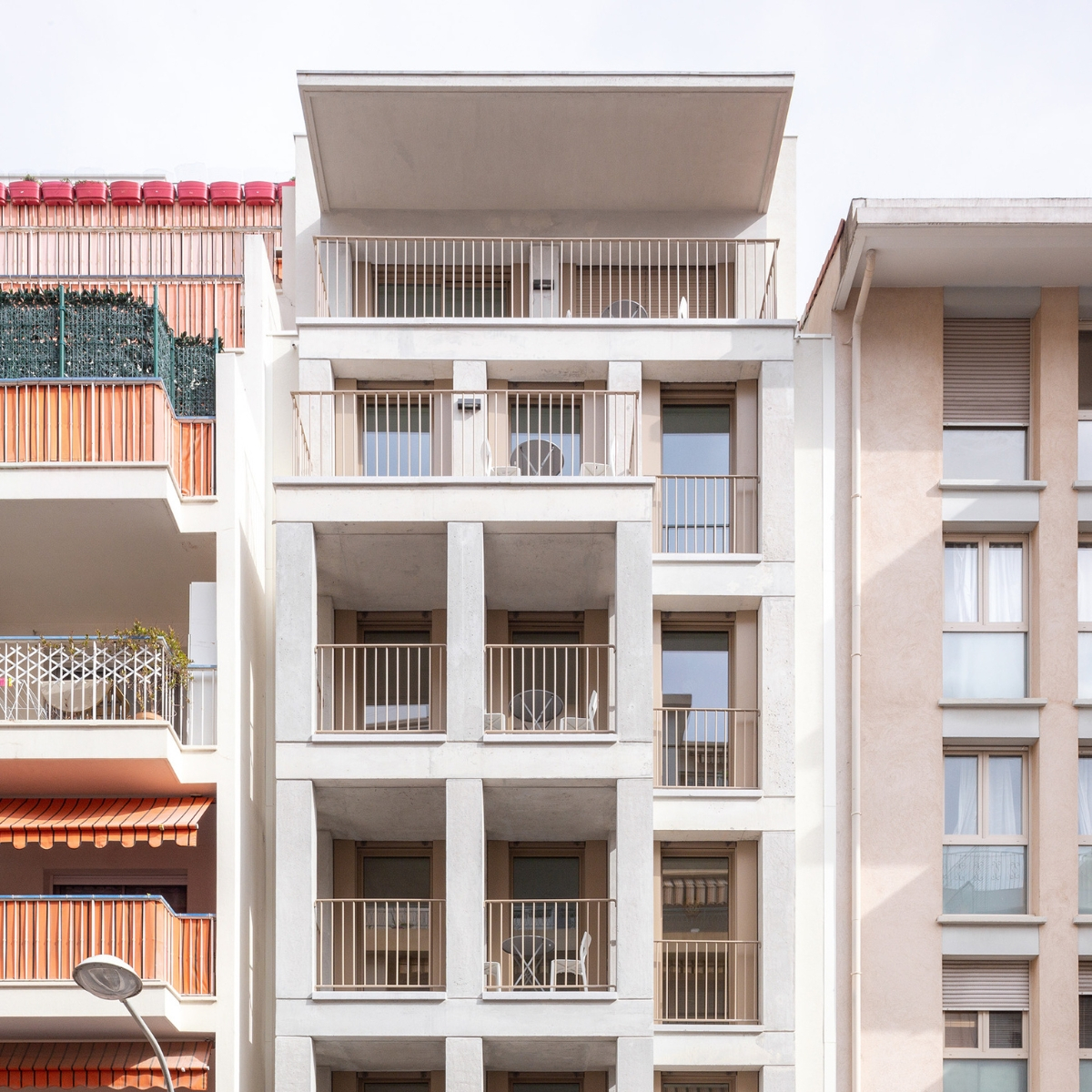
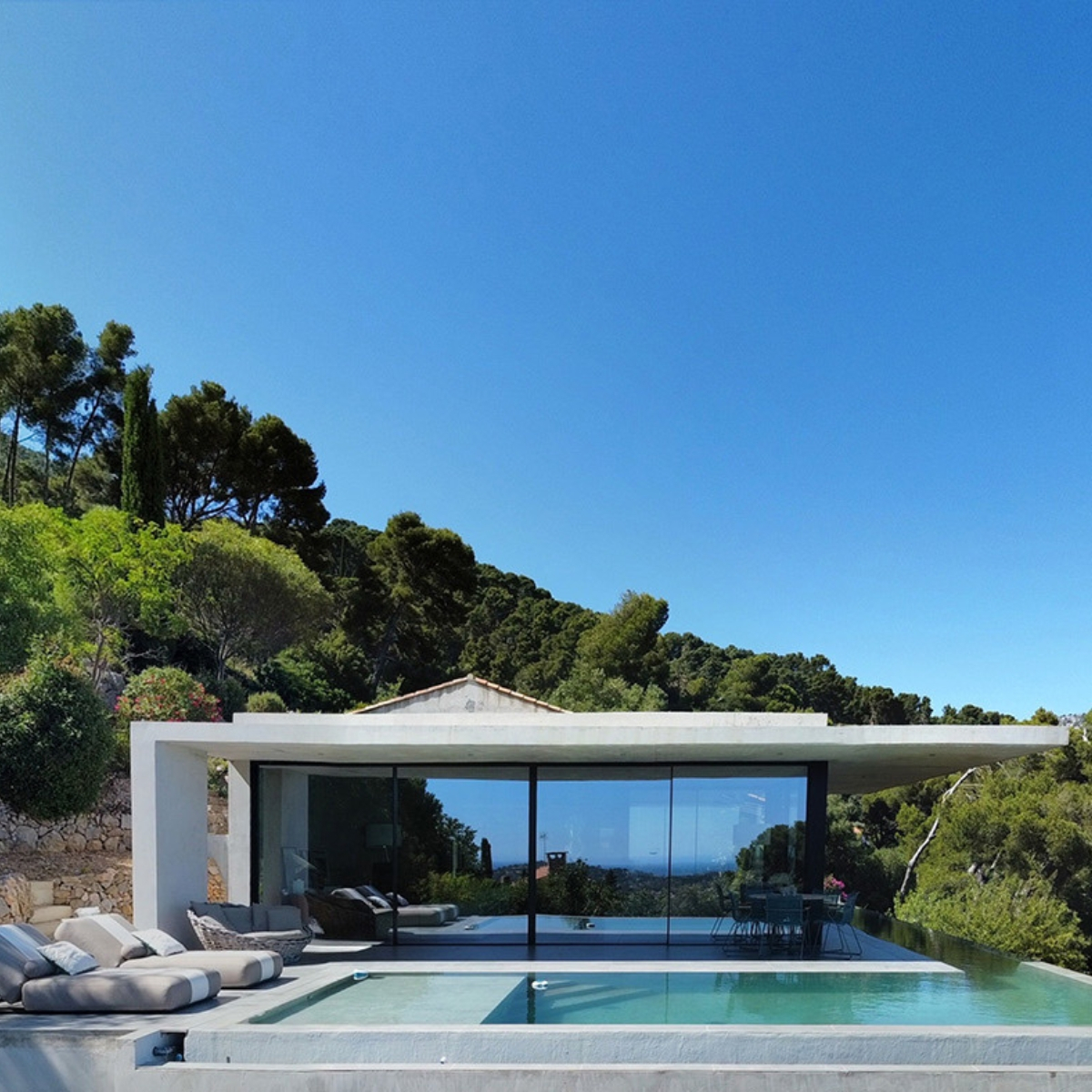

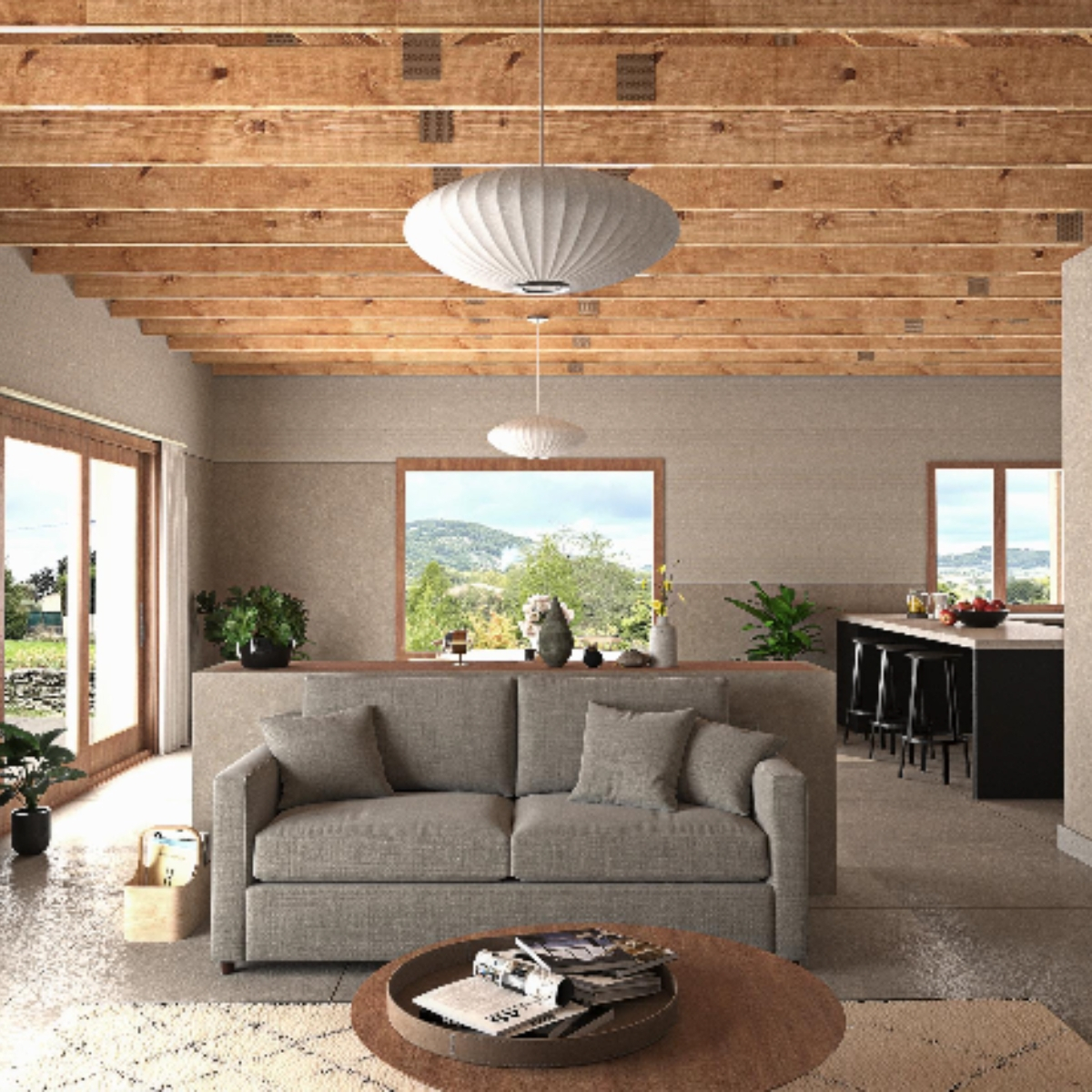
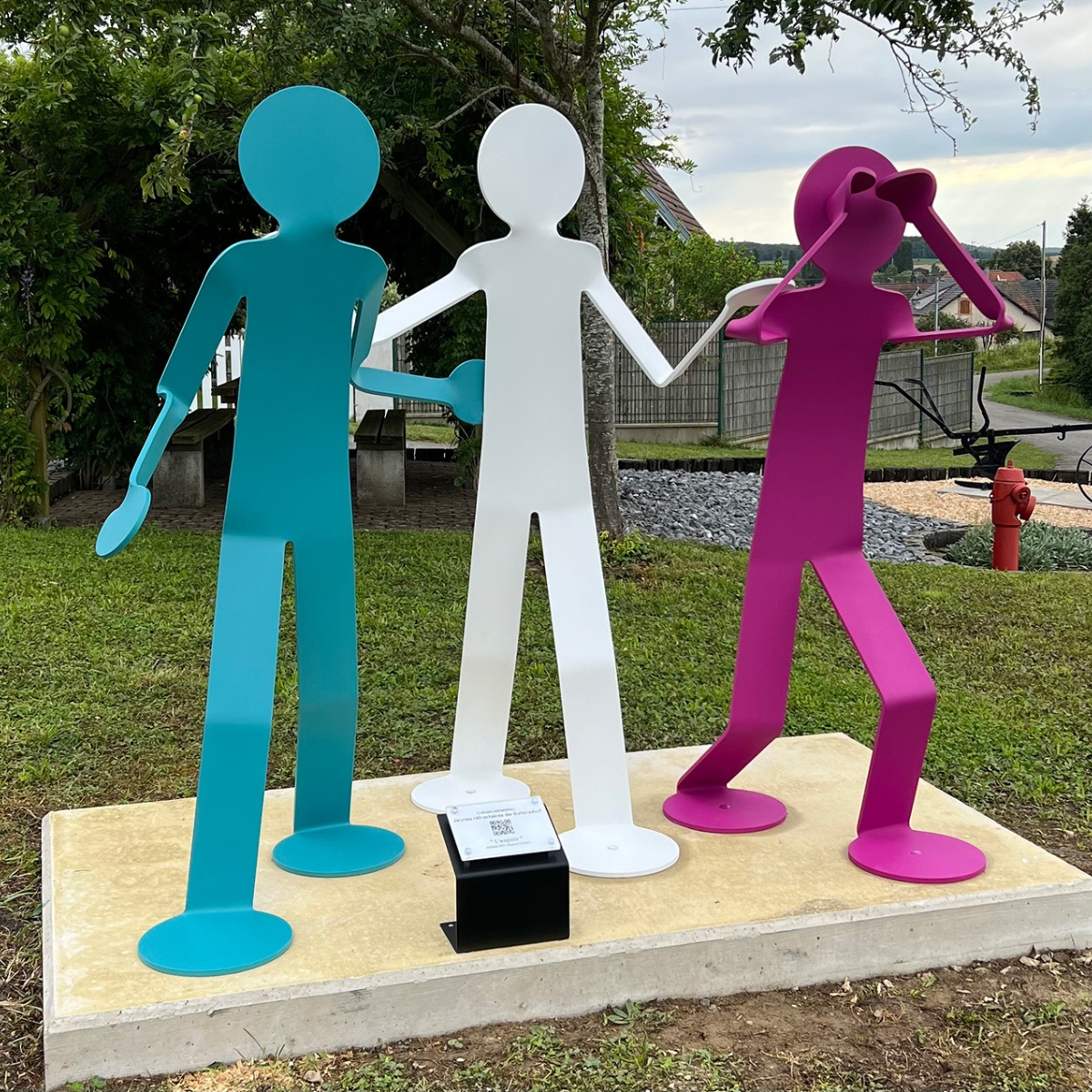







 Côteweb 2021, création de site Internet sur Nice
Côteweb 2021, création de site Internet sur Nice